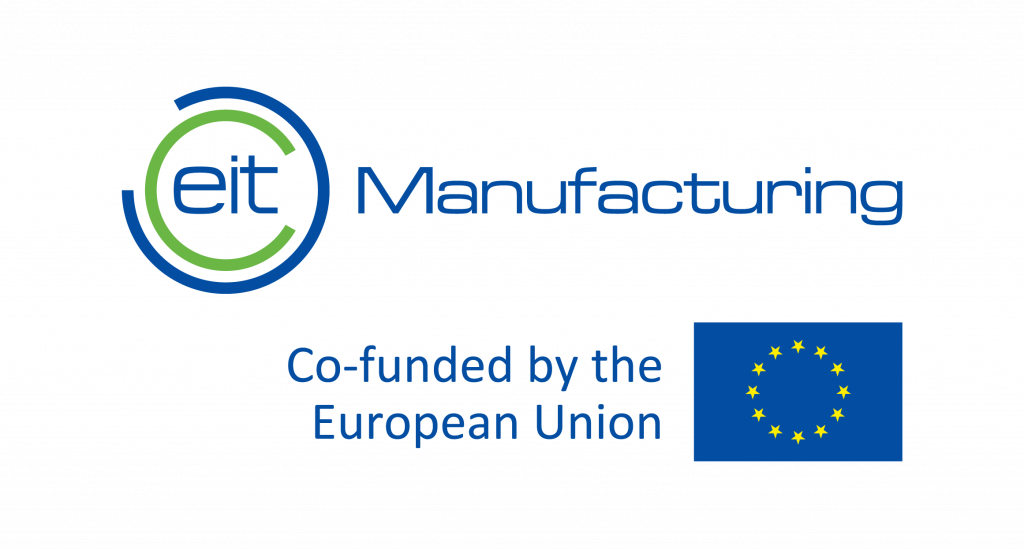Businesses can achieve growth in various ways, either through internal (organic) growth or external (inorganic) growth. Each approach has its own advantages, disadvantages, and methods for achieving growth. Organic and in-organic business growth strategies are two ways of expanding a company’s market share, revenue, and profits.
An important strategy for increasing organic growth is to research and understand your ideal client. Having a clear understanding of your market makes it easier to make informed decisions during product and service development. Your marketing efforts will also be more effective because you can focus your campaigns on the preferences and needs of the target customers.
However, the parent organization maintains control over the company’s direction. Despite its many benefits, organic growth has several disadvantages, from speed and vulnerability to limited growth opportunities. By strategically optimizing each process, businesses can establish steady, sustainable growth that serves as a strong foundation for long-term expansion. The AOL and Time Warner merger is a prime example of inorganic growth gone wrong.
Investment Analysis of Organic Growth vs. Inorganic Growth
A great way to increase organic growth is to differentiate your company’s voice and brand image from competitors. A unique brand differentiator sets your business apart from competitors through distinct products, services, features or benefits. Practical business growth strategies also allow you to measure your business’s progress and adapt to market changes.
Business Growth
Our specialists and targeted programmes can help you position your business appropriately in new markets, future value chains, systems and supply chains in both the private and public sectors. M Rahman writes extensively online and offline with an emphasis on business management, marketing, and tourism. He holds an MSc in Tourism & Hospitality from the University of Sunderland. Your Truist relationship manager can help you identify growth opportunities and financing options to help you meet your goals. This allowed them to target specific root types and sections for further analysis of their microbial communities. Through photosynthesis, plants use sunlight to convert water and carbon dioxide into energy-rich carbon compounds such as glucose.
By developing new payment methods, they can increase international sales, and by aligning their brand image with the local culture, they can fuel additional growth. The great thing about organic growth is that you can use it regardless of the size of your company or the industry you’re in. It’s a case of understanding what resources you have and how you can utilize them to achieve organic growth. In this article, we’ll explain its benefits and how it compares to inorganic growth and share 5 strategies to help you expand your business in this way.
- He has been very prompt in support and has filled GST in time with great professionalism and compassion.
- Overall, striving for organic growth is an essential aspect of long-term success for any business.
- This trend requires firms to continuously innovate and adapt their digital strategies to stay competitive.
Before undergoing an M&A or other inorganic growth strategy, businesses must review their potential partners and critically evaluate their position to minimize risk. Despite its immediate benefits, inorganic growth also involves several disadvantages businesses must be aware of. This guide provides a detailed breakdown of organic versus inorganic growth and helps you determine which strategy best suits your business. Find concise definitions, discover the advantages and disadvantages of each approach, and learn why a tailored growth strategy is critical for success.
- You need to look inside your company to really benefit from organic growth, evaluate your strengths and weaknesses and capitalise on them.
- Organic and in-organic business growth strategies are two ways of expanding a company’s market share, revenue, and profits.
- Inorganic growth happens when a company acquires other companies, it’s often used as a solution for changing market conditions.
- Filing Buddy aids real-estate firms in bookkeeping and tax compliance, streamlining processes to enhance focus on core business with our expertise.
- Learn how the right business mapping tools can improve efficiency, reduce bottlenecks, and support business growth.
Increasing your market share doesn’t always mean broadening your offerings. If R&D investment isn’t a good option for your business, consider narrowing your focus to a niche where your company excels. Niche markets are often based on shared characteristics of customers, such as interests and methods of organic growth hobbies, location, or values. For example, if you produce sustainable alternatives to certain products, you can cater to eco-conscious consumers. Creating a niche focus can lead to growth by reducing competition, increasing customer loyalty, and reducing marketing costs.
Organic vs. Inorganic Growth: Strategies for Sustainable Business Expansion
Whether you opt for organic or inorganic growth, or a combination of both, your strategy should be flexible enough to adapt to changing market conditions and business environments. Organic growth differs from inorganic growth, which depends on mergers and acquisitions, takeovers and other strategies that increase a company’s assets, liquidity and liabilities. For organic growth to occur, the expansion must come from within the firm’s existing businesses. Successful companies pursue organic growth with multiple strategies and have extensive capabilities to achieve strategic objectives. The ideal approach for a company often involves a delicate balance of organic and inorganic growth.
The retail giant has invested heavily in e-commerce to drive organic growth, while acquisitions like Jet.com have bolstered its online presence. This hybrid strategy has allowed Walmart to compete with online retailers and maintain its position as a dominant force in the retail market. Beyond numbers, it’s essential to consider the strategic fit and cultural alignment.
